Back in beautiful Northumberland for a Beyond gathering of artists at ACA who will be continuing in the open door residency as the project evolves into Continuum.
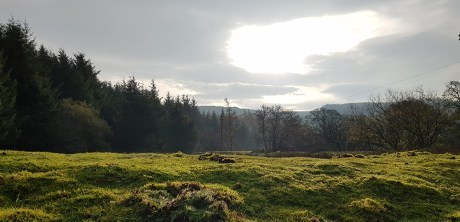
Lots of particle trails were spotted during The Cloud Chamber Workshop. Thanks to the Institute of Physics for sponsoring this, Allenheads Contemporary Arts for hosting and the North Pennines Stargazing Festival for including it in their programme.

A cloud chamber gives us a glimpse into the invisible world of particles produced in the radioactive decay of naturally occurring elements and those generated when cosmic rays strike the top of the Earth’s atmosphere.

These particles pass though us continuously without our awareness. Witnessing this usually unseen activity can lead us to look beyond what our immediate senses tell us is there and consider the possibility of other intangible phenomena.
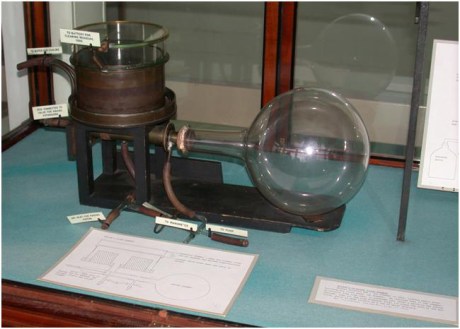
The rather gorgeous original Cloud Chamber was invented by Scottish physicist Charles Wilson and he won the noble prize for it in 1927. It has been said that the cloud chamber might be the most important piece of experimental equipment in the history of particle physics. It was a chance discovery that made the study of particles possible.
Wilson was fascinated by clouds and was actually studying meteorology spending his time observing clouds at the top of Ben Nevis. He thought it might be easier to study them if he could build a device to create clouds in his laboratory. He also hoped to recreate the strange optical phenomena known as a Glory caused by light hitting clouds below the observer which he had experienced from his high vantage point on the mountain.

It was Victor Hess who discovered cosmic rays and earnt the Nobel Prize for this in 1936. Scientists had been puzzled by the levels of ionizing radiation measured in the atmosphere using electroscopes. It was expected that radiation would decrease with distance from the earth but to test this Hess risked his life taking measurements at high altitudes in a balloon without oxygen tanks. He found that the radiation levels increased with altitude and concluded that there was radiation penetrating the atmosphere from outer space.

Left over dry ice from the workshop gave us the opportunity to try freezing bubbles.

The workshop was followed by The Dark Side of the Universe talk from Dr. Pete Edwards. Our universe is filled with mysterious dark matter, whose gravity provides the cosmic glue that holds it all together, and dark energy, which is slowly tearing the universe apart.

The finale of the Stargazing Festival was the screening of Steven Spielberg’s 1977 sci-fi icon Close Encounters of the Third Kind. Good to revisit and think about how much more we know about the universe 41 years on.

This was preceded by an appropriate dinner courtesy of Alan Smith.

I was invited as a guest speaker at London LASER Labs Re- Thinking Space at Central Saint Martins.
The session remit was
We are in the midst of both an incredible and challenging space age. How can we harness the information, collected in silo, from the fields of cosmology and quantum physics to conceive of a more unified vision of how the universe (and us) are put together? Within science and culture – what new models of thought could we foster? How do creativity and consciousness fit into this emerging paradigm? How can we rethink our practices to swerve the impasse some are labelling a new ‘Dark Age’?…
I was glad to arrive early to see the collection of meteorites Dr Natasha Almeida, Curator of Meteorites at the Natural History Museum had brought along for the Playlab hands on session. This included a spectacular slice of iron meteorite. Due to a long cooling period inside the parent asteroids the nickel and iron alloys crystallise then when polished and acid etched the classic Widmanstätten patterns of intersecting lines of lamellar kamacite, are visible. Also a tear drop of earth rock created when a meteorite struck the earth and the heat melted the rock which flew into the air and cooled into tear drops as it fell.
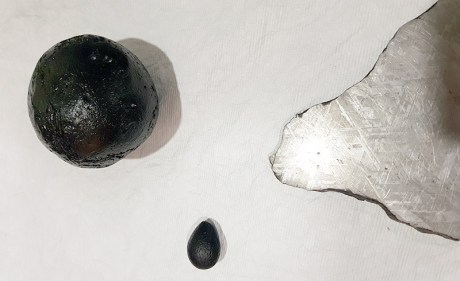
Other speakers at the event were Dr. Thomas Kitching a Cosmologist from Mullard Space Science Laboratory who is Science Co-Lead for the ESA’s Euclid Mission launching in 2021 to map the geometry of the Dark Universe by observing thousands of millions of galaxies.

He told us how confidence in what the universe is made of has eroded over the centuries and perhaps dark matter and dark energy which make up what we call the dark universe should be renamed Materia Incognita.
Dr Ceri Brenner is a plasma physicist and innovator at STFC Rutherford Appleton Laboratory’s Central Laser Facility. She uses the most powerful lasers in the world to study what happens when extreme bursts of light come into contact with matter. She told us how firing these high energy lasers through Tantalum a rare, blue-gray lustrous metal can produce high energy x-rays which can be used for imaging the container walls of radioactive storage facilities to look for damage. The extreme physics she studies can also be applied to understanding supernova explosions in space or how we can ignite a star on earth for clean electricity generation.

Apparently plasma accounts for 99% of the known matter in the Universe, it’s a soup of sub-atomic particles at temperatures way beyond what we usually experience on earth. This makes the stuff we interact with on a daily basis seem a really tiny portion if 99% of the 5% we know is also stuff beyond our realm of experience.

Astrophysicist Dr Chamkaur Ghag was also there to talk about direct dark matter research and how extremely sensitive the detectors need to be. It was interesting to look at the progression of the different detectors from DRIFT to LUX increasing target capacity and homing in on areas of possibility where the illusive particles might be found.
Cham always gives insight into the importance of not just interrogating matter but putting scientific research into context. Asking why we are doing something, not just how. This fires his passion to address climate change and his involvement in the grassroots initiative from Particle Physicists European Strategy Update on Climate Change
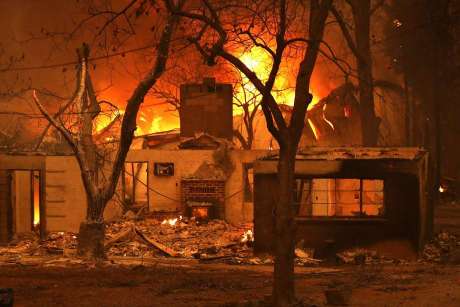
PARADISE burning — More than 30,000 people fled for their lives as a late-season wildfire swept across this town in the Sierra foothills
Laser Lab Talks Re-Thinking Space was compered by Nicola Triscott, founding Artistic Director/CEO of Arts Catalyst who asked the panel some reaching questions about the future of physics and how we make a difference to the debate placing ourselves in control of our destiny. Questions from the floor addressed the public interface of science. Speaking in front of an audience is not something I find comfortable so my input to the panel was slim but hopefully I had aired some relevant points during my talk looking at the opposing scales of cosmology and quantum physics and how we might relate to these two spheres of knowledge, both beyond human scale and comprehension.

The idea of a new dark age approaching addresses a fear that we no longer understand the world around us. We are subjected to too much information that we can no longer process. There is too much complexity, we don’t know where to turn for verification.
The knowledge of the way the world behaves built up over generations may no longer apply. The fear that we are losing connection to the world around us is in many ways a long standing one – we have always looked back to a time when we believed we lived in harmony with the natural world. That something central to our lives has been lost.
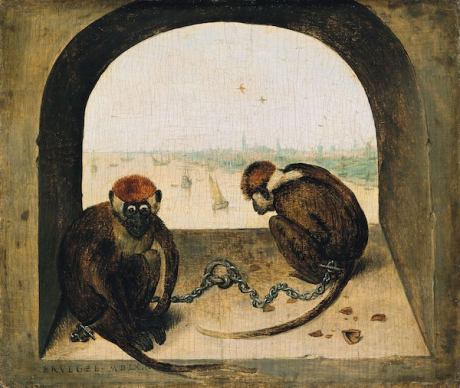
Pieter Bruegel The Elder Two Monkeys 1592
I have seen some interesting exhibitions tracing the human experience through alienation, projection and what happens when different worlds collide.
Nicky Coutts excellent examination of interspecies dissonance Man Stupid at Danielle Arnaud. Koko the gorilla was born and raised in captivity. She was taught to sign and ultimately deliver a message in the role of ambassador on behalf of nature to the 2015 Paris Climate Conference.
In Nicky’s drawings Koko has slipped away leaving just her skin as shadow.

The images read as an indecipherable code. The frustration at the divide between human and non human communication is held in these traces of gesture. We can look hard, make suggestions but will never know what is in the great ape’s mind. Drawn in blackest charcoal, rich and intense with a primeval, totemic aura they could be the props of the shaman hinting at another world that requires some rite of passage involving the returning to a world of raw visceral nature.
Oceania at The Royal Academy.
In 1768 James Cook set sail from Plymouth in the HMS Endeavour funded by the Royal Society to track the transit of Venus in Tahiti and explore the islands of the Pacific Ocean.

Lisa Reihana has created a large scale panaoramic video installation in Pursuit of Venus [infected] using the French scenic wallpaper Les Sauvages De La Mer Pacifique as a backdrop to the complexities of cultural identity and colonisation depicting scenes of encounter between Europeans and Polynesians.

Much of the exhibition was uncomfortable viewing for although the catalogue emphasises that objects collected by Europeans were frequently given willingly I don’t feel confident there was equality in these ‘exchanges’.
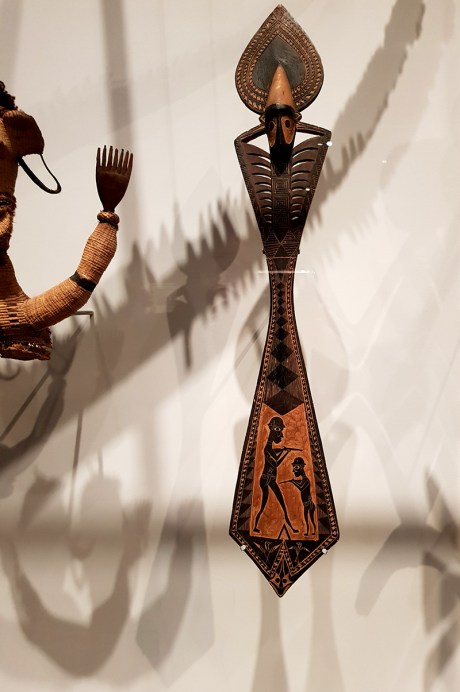


That the objects still resonate with spiritual significance for some is evident by fresh offerings left around the galleries.
I had just finished reading the riveting Modern Gods by Nick Laird before visiting which raises the subject of proselytism and relevant contemporary issues on religious belief and cultural contamination drawing on events in Ulster and Papua New Guinea to highlight the fragility of social cohesion when faith and tribe are on the line.
Sarah Christie’s Library shown at Southwark Cathedral is an ongoing attempt to give voice to the individuals that make up the 48% and the opposing 52% trying to make sense of the divided society they find themselves a part of in post Brexit referendum Britain.
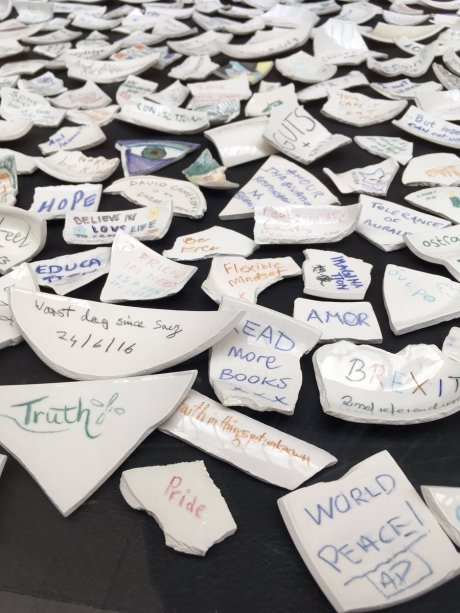
In Ancient Greece, people voted by writing on ‘ostraca’ a broken piece of pottery. The public have been invited to select an ostracon – sherds made by hand from a hundred and fifty cast bowls – and offer their own words that break boundaries.
I enjoyed Alex Prager’s Face in the Crowd series at The Photographers Gallery.
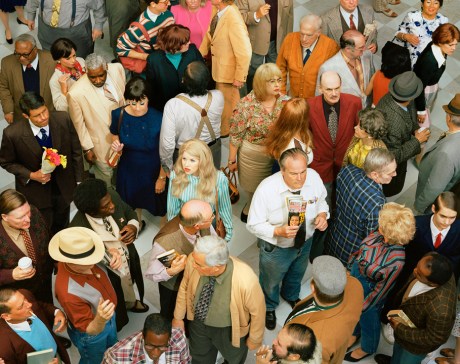
The individual is picked out in the crowd and elevated from anonymity, but look at the crowd – these are not the grey masses we blend in with on the streets, at airport lounges and theatres. Each of these characters is chosen, placed and choreographed. The unnatural vibrancy and controlled demeanours give the scene an unsettling automaton quality.
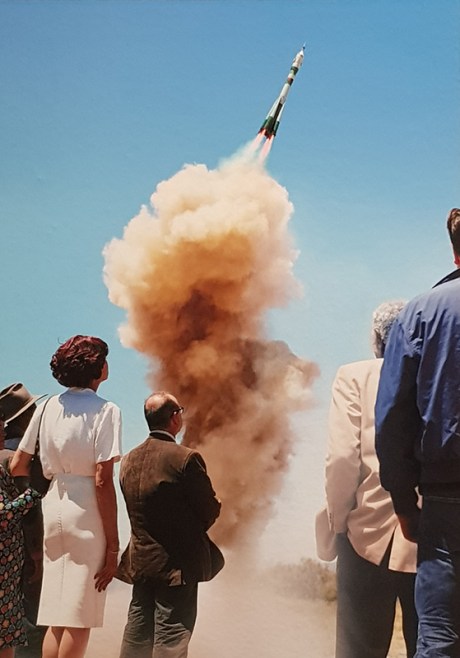
Entertained by an evening exploring the darker past of the gothic extravaganza Strawberry Hill House.
Spirits invoked for Ghost Tide exhibition at Thames-side Gallery curated by Sarah Sparkes and Monica Bobinska.

Laura Marker

Mary Yacoob
I took part in the Hollow Bone Ceremony led by shaman Kate Walters who uses repetitive drumming to alter the brain waves to ‘theta’ waves to allow travel to either the Upper world or the Lower world to convene with the cosmos, nature and animal spirits and ask for guidance on behalf of the participant.
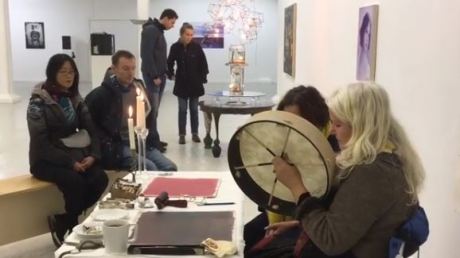
Was it coincidence that my mind focused on an unexpected encounter with a deer in Grizedale Forest the previous week that after the 10 minutes of rhythmic trance Kate came back with a strong image of a large Moose or Stag whose energy and ferocity I needed to tap into.

Thanks to Jim Lloyd for highlighting this quote from Werner Heisenberg
“What we observe is not nature itself, but nature exposed to our method of questioning. “



























